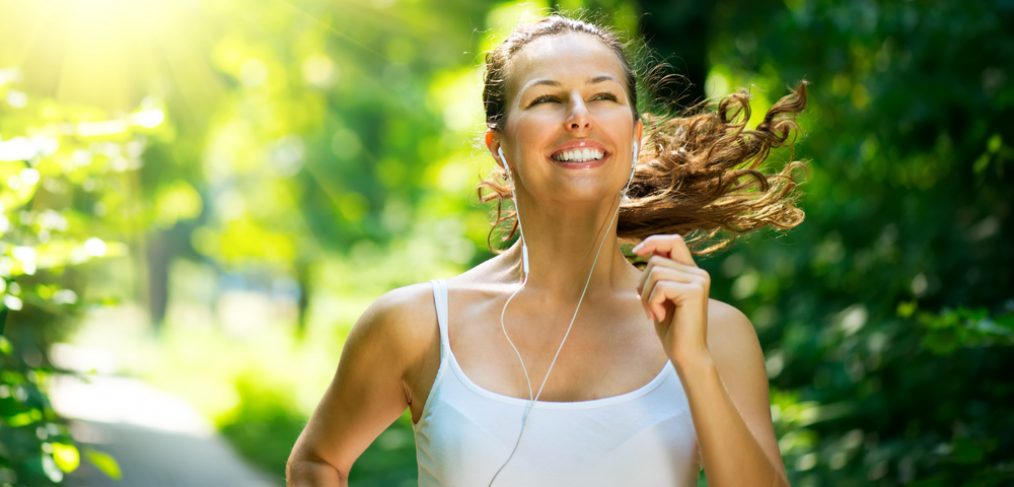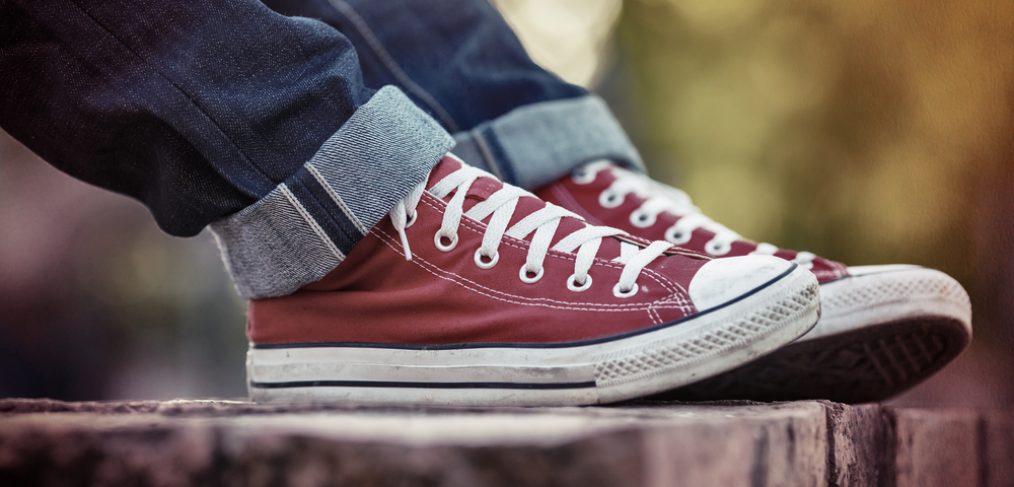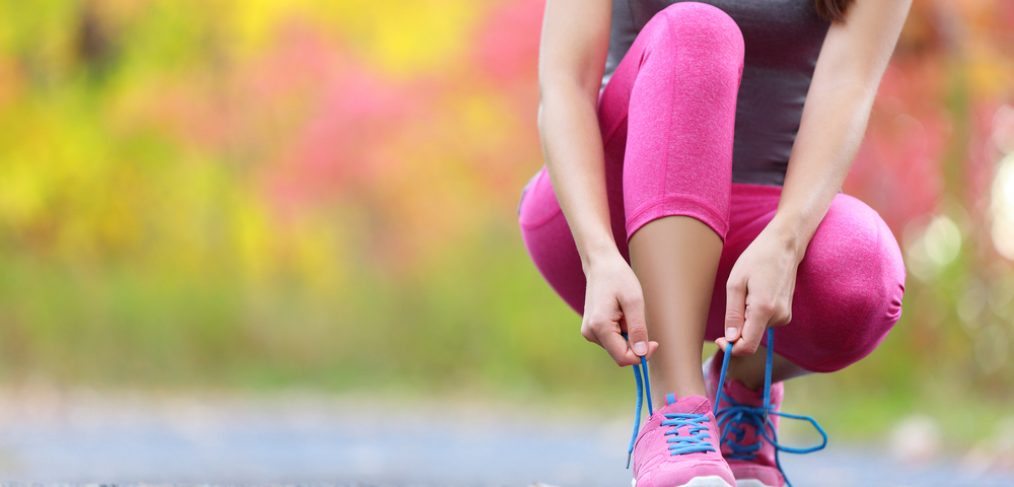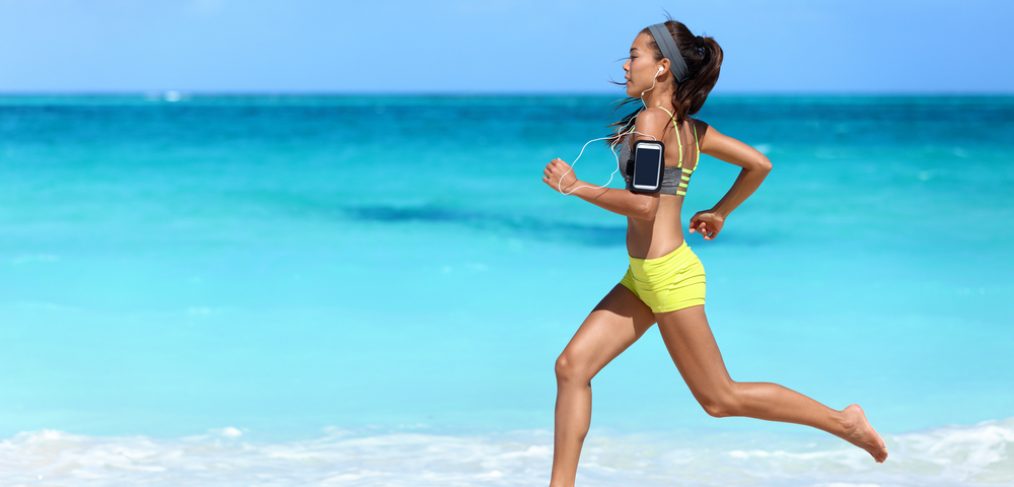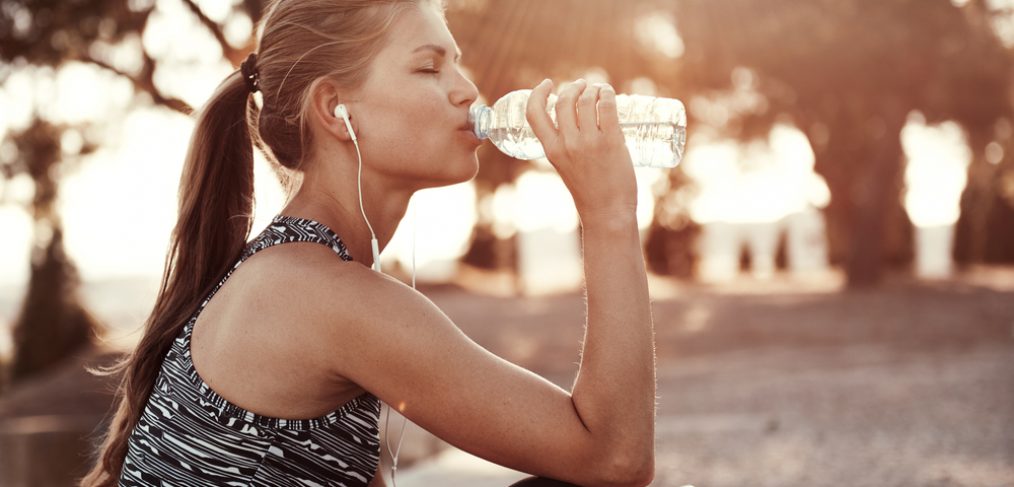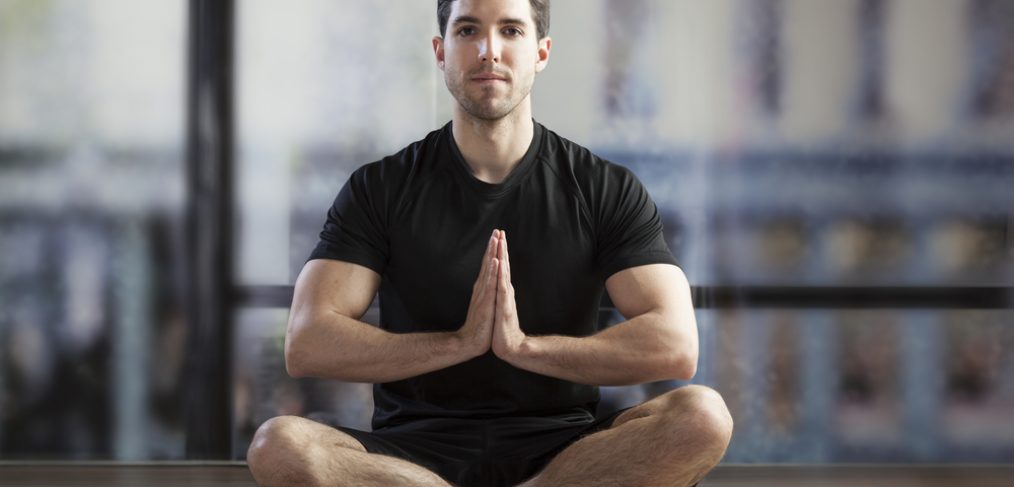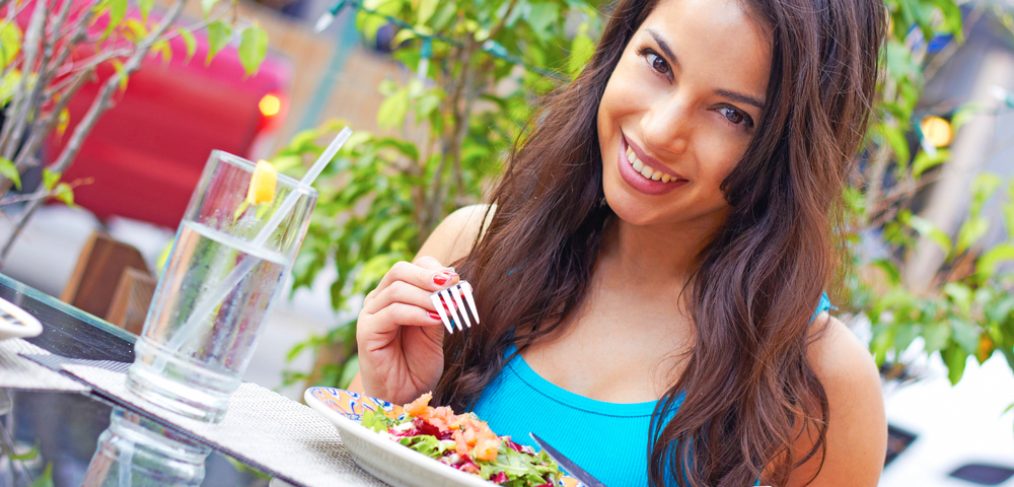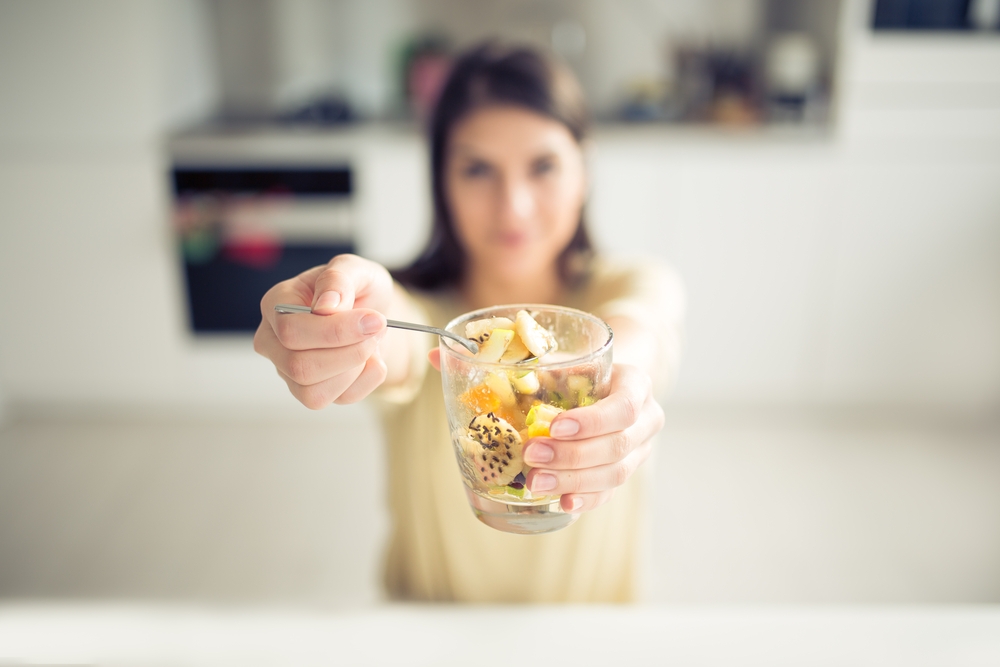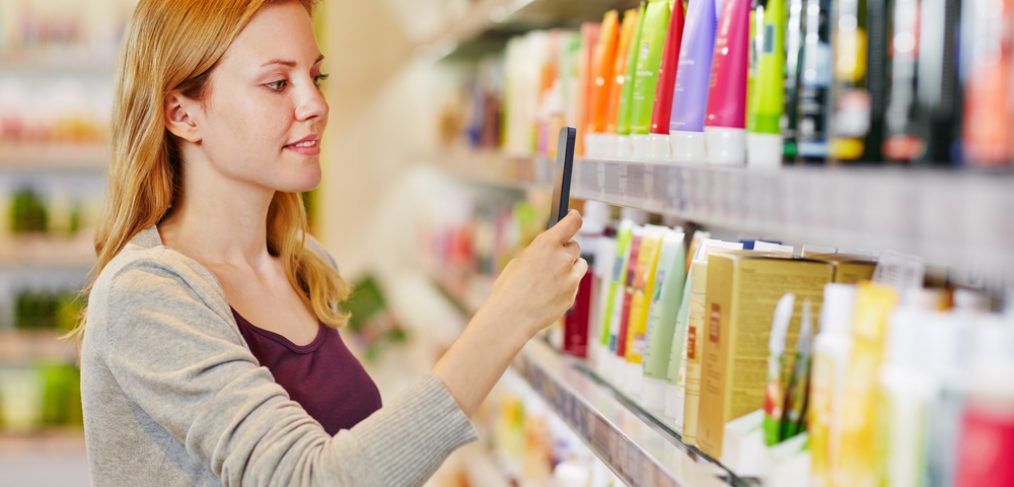If you’ve ever tried losing weight before, you already know how difficult it can be to make the necessary lifestyle changes. What you may not realize, though, is that your attitude toward your weight loss journey could be what’s hindering your efforts. Most weight-loss programs fail to consider the psychological aspect of weight loss and therefore fail. We’re told it’s simple, just eat less and move more, yet we all know it’s seldom so easy to reach our goals. Perhaps the missing piece of the puzzle isn’t in the form of a pill or the latest workout video but in our attitude.
There are several schools of thought on the power of positive thinking and its relation to weight loss. From ancient Ayurveda to modern psychology, the consensus is clear: our thoughts have real power and those thoughts can become actions. If you think to yourself that you are always going to be overweight and that you’re not strong enough for exercise, you’re likely to become depressed and sabotage your own efforts for weight loss. On the contrary, if you tell yourself you are strong, capable, and that you will reach your goals, you will be motivated to take the necessary action to indeed make it happen.
It may sound overly simple, just change your attitude, but the truth is, this does require some effort. Some of us have spent years, maybe even our whole lives thinking negatively about ourselves. Our society treats this negative self-talk as normal. Men and women are expected to dislike their bodies and to always be striving for something more. In order to change our attitude, it’s going to take practice. In the beginning, it may seem silly or strange to compliment yourself after a workout, but changing your inner voice to one of love and support is just what you need in order to succeed.
If you struggle with where to start, it can be helpful to think of something not related to weight-loss to get you started. Think of an area of your life that you excel in. Perhaps you’re wonderful at your job or you are an excellent parent. Congratulate yourself for that! Next time you receive a compliment from someone, accept it without making excuses for why you don’t deserve it. Eventually, this new healthy attitude will become second nature and along with helping you in your weight loss endeavors, it will trickle into all areas of your life, making you healthier all around.
The weight loss industry is full of gimmicks and diets that don’t work and you can easily spend hundreds of dollars seeking advice from so-called experts who only want to sell you something. But you have the power to change your attitude and change your life. Be your own weight-loss coach and get started on your new lifestyle today. By focusing your energies toward the positive, you can create the healthy attitude that will lead to healthy and lasting weight loss.



